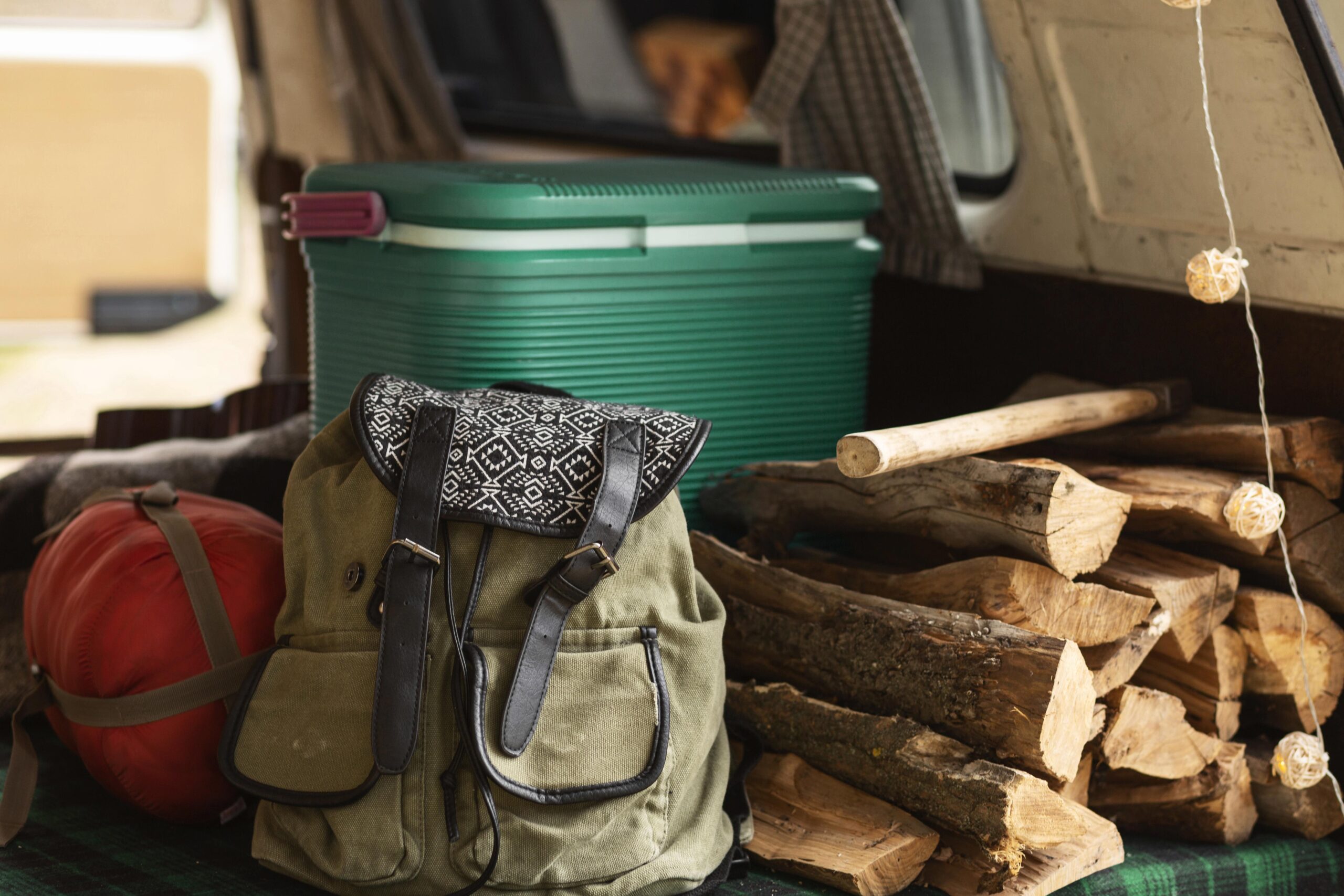When we go outside, we need to watch out for dangers. Knowing these risks helps us stay safe.Weather-Related Dangers
Weather can change fast outside. Being ready for sudden weather changes is very important.
Sudden Weather Changes and Storm Safety
Parks Canada says knowing the weather is key. Always check the forecast and be ready for surprises.
Temperature Extremes and Protection
Extreme temperatures can be dangerous. Dressing in layers and drinking water helps manage these risks.
Wildlife Encounters and Safety Protocols
Meeting wildlife can be exciting but also risky. Keeping a safe distance is very important.
Dangerous Animals in German Forests
German forests have dangerous animals. Knowing the animals and how to react is key.
Safe Distance and Response Techniques
It’s important to stay far from wildlife. Knowing how to act in an encounter, like staying calm, is also important.

Outdoor / Nature warnings
Terrain Hazards and Navigation Risks
The ground can be unstable and cliffs are dangerous. Identifying hazards and navigating safely are important skills.
Identifying Unstable Ground and Cliff Dangers
Knowing unstable ground and cliffs can prevent accidents. Look for loose rocks and uneven areas.
Getting Lost: Prevention and Response
Getting lost is a big risk. Carrying a map and compass helps. If lost, stay calm and find a landmark to help rescue.
Poisonous Plants and Contaminated Water Sources
Poisonous plants and bad water can harm us. Knowing harmful plants and how to purify water is important.
Identifying Harmful Flora in German Regions
German plants can be harmful. Know the poisonous plants and how to avoid them.
Water Safety and Purification Methods
Safe drinking water is essential. Learn to purify water, like using filters or tablets, to avoid sickness.
Practical Safety Measures for Hiking Adventures
When we go hiking, we need to be ready for anything. We face dangers like trail hazards and emergencies. So, knowing safety tips is very important.
Pre-Hike Planning and Preparation
Before we start hiking, we must plan well. We need to know the route and how hard it is.
Route Research and Difficulty Assessment
Knowing the terrain and distance helps us get ready. We should also check for any trail closures or warnings.
Informing Others of Your Itinerary
Telling someone our hiking plans is key. This way, if something happens, someone will know where we are.
Essential Safety Gear Checklist
Having the right gear is important for safety. Our list should include:
- First aid supplies
- Emergency equipment like a whistle, fire starter, and headlamp
- Weather-appropriate clothing and sturdy footwear
First Aid Supplies and Emergency Equipment
A first aid kit should have bandages and pain relievers. A whistle can help us signal for help.
Weather-Appropriate Clothing and Footwear
Wearing the right clothes and boots can prevent accidents and discomfort.
Navigation and Communication Tools
Good navigation and communication are vital. We should carry:
- Maps
- Compass
- GPS devices
- Emergency communication options like a fully charged mobile phone or a two-way radio
Maps, Compass, and GPS Devices
Even with GPS, it’s good to have a map and compass. Knowing how to use them is important.
Emergency Communication Options
In an emergency, being able to call for help is lifesaving. Make sure our devices are charged and carry a portable power bank.
Emergency Response Protocols
Even with preparation, emergencies can happen. Knowing how to react is key.
First Aid for Common Hiking Injuries
We should know basic first aid for injuries like sprains and cuts. Knowing how to treat wounds and when to seek help is important.
When and How to Call for Rescue in German Wilderness
In Germany, call 112 for emergencies. Tell them where you are and what’s happening.

